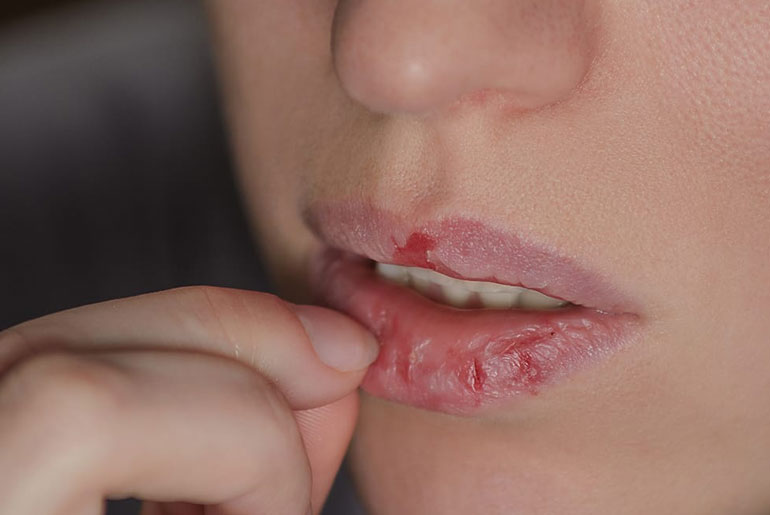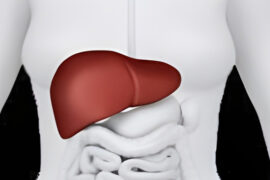Dermatillomania, or Skin Picking Disorder, is marked by an individual’s compulsive and repetitive picking at the skin, resulting in noticeable harm. Those affected may dedicate minutes or even hours to this habit, with the behavior becoming ingrained and challenging for the person to recognize. The disorder often leads to visible damage, such as wounds and scars, and individuals may struggle to resist the urge to pick at their skin.
Dermatillomania is categorized as a body-focused repetitive behavior (BFRB), and its origins are complex, involving genetic, environmental, and psychological factors. Treatment typically incorporates therapeutic interventions like cognitive-behavioral therapy and habit reversal training to help individuals develop awareness, identify triggers, and adopt healthier coping mechanisms to manage stress and emotional distress without resorting to skin picking.
Here are some signs and symptoms to be aware of:
- Repetitive Skin Picking: Individuals with dermatillomania engage in frequent and repetitive picking at their skin, often resulting in wounds, scabs, or scars.
- Difficulty Stopping: People with this disorder find it challenging to stop or control the urge to pick at their skin, even when they are aware of the negative consequences.
- Time Consumption: Skin picking may consume a significant amount of time, impacting daily activities, work, or social interactions.
- Tissue Damage: The picking behavior leads to visible damage, including open sores, infections, or tissue damage.
- Attempts to Stop: Individuals may make repeated attempts to stop or reduce skin picking but find it difficult to maintain control.
- Emotional Distress: Dermatillomania is often associated with emotional distress, including feelings of shame, guilt, or anxiety related to the skin-picking behavior.
- Preoccupation with Skin Imperfections: A preoccupation with perceived imperfections in the skin or a belief that picking will improve the skin’s appearance may be present.
- Social Impairment: Skin picking can lead to social withdrawal or impairment, as individuals may avoid social situations due to embarrassment about their skin condition.
It’s important to note that dermatillomania falls under the category of body-focused repetitive behaviors (BFRBs) and may be associated with other mental health conditions such as anxiety or obsessive-compulsive disorder. If someone exhibits these signs, seeking professional help, such as from a mental health provider or therapist, is advisable to determine an accurate diagnosis and develop an appropriate treatment plan. Cognitive-behavioral therapy (CBT) and habit reversal training are often effective interventions for managing dermatillomania.
Disclaimer:
The information contained in this article is for educational and informational purposes only and is not intended as a health advice. We would ask you to consult a qualified professional or medical expert to gain additional knowledge before you choose to consume any product or perform any exercise.







